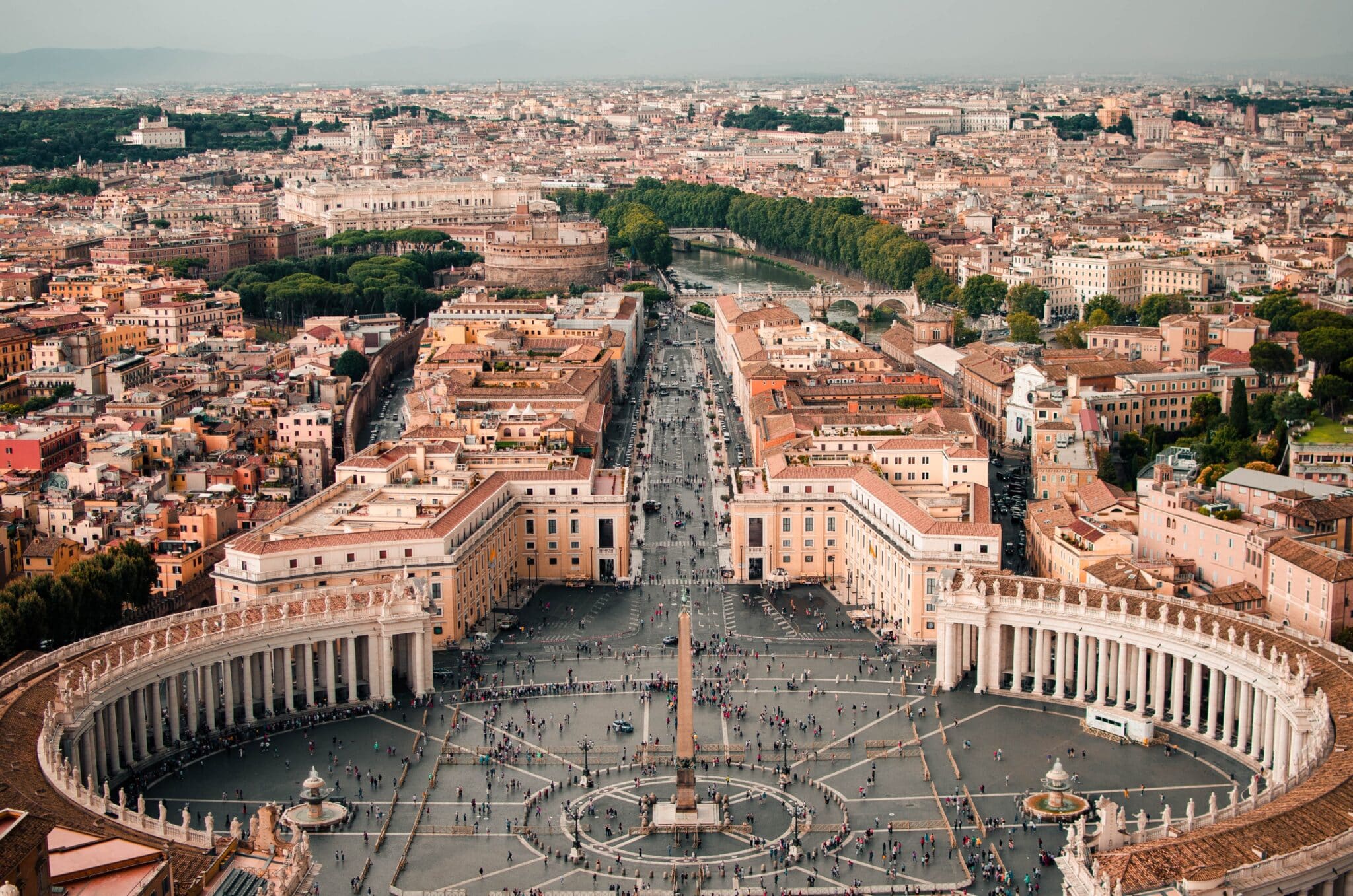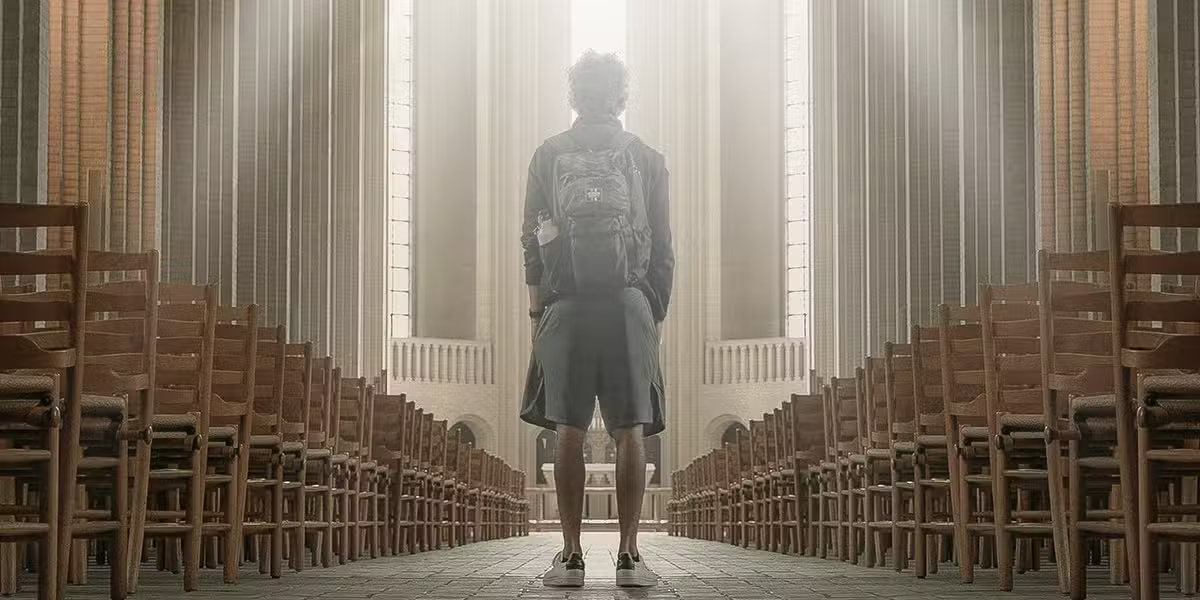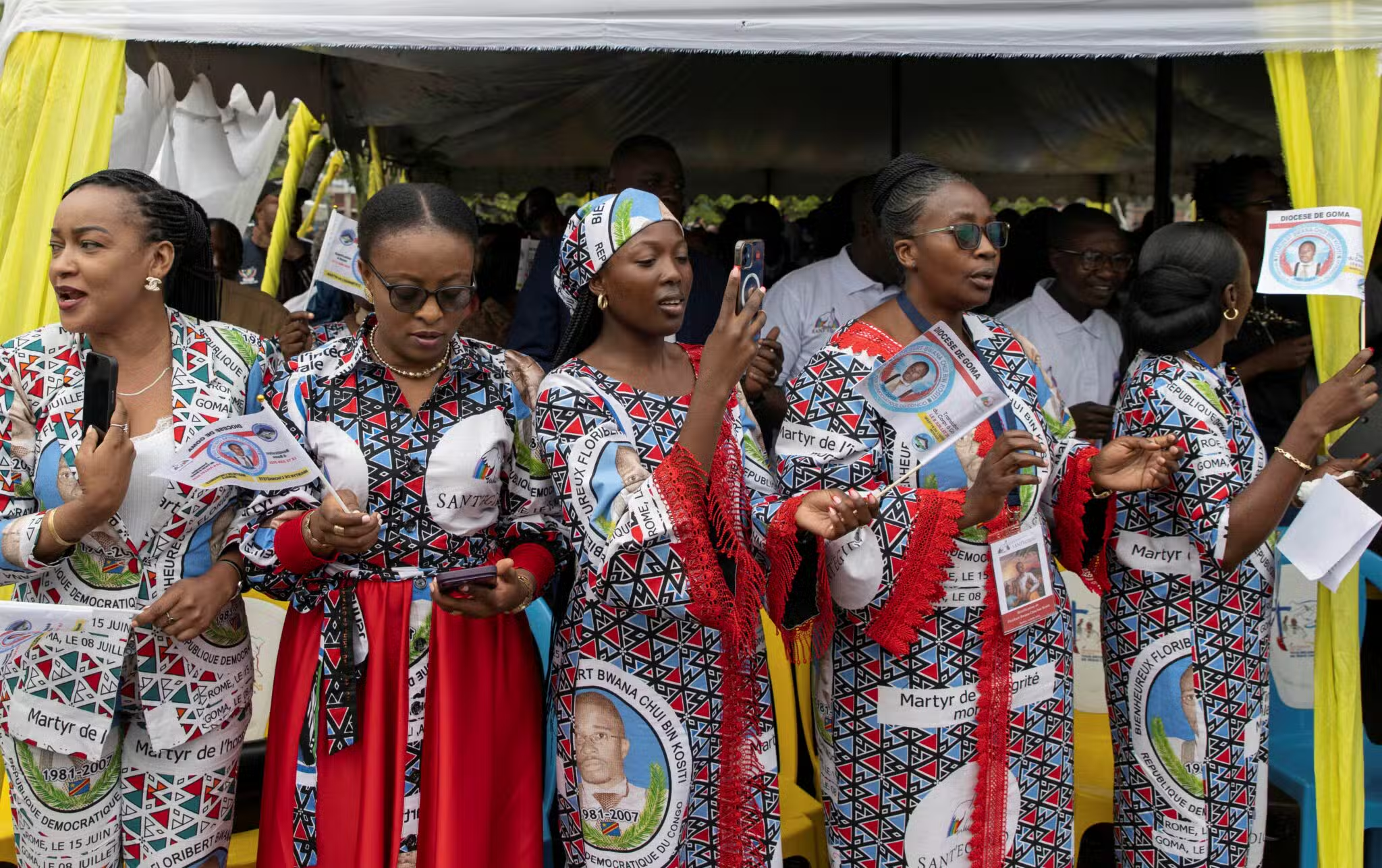Few lay men or women have been formally canonized. Most saints belonged to religious communities, but people in that state of life make up a tiny percentage of the Church. Doesn’t the present situation suggest that only priests and vowed religious can become saints? I don’t find this very inspiring.
The formal canonization process requires a group of people interested in seeing someone beatified and then canonized. Although some dioceses have promoted the cause of a particular layperson, most often it is religious communities who support the process needed for someone to be investigated, declared venerable, have a miracle authenticated, then be formally beatified, have a second miracle approved and eventually canonized.
At present, most laypeople who are blesseds or saints were either martyrs (Thomas More or Edith Stein, for example) or founded religious congregations (Elizabeth Ann Seton or Margaret of Cortona). On October 21, 2001, Pope John Paul II beatified Luigi Beltrame Quattrocchi and Maria Corsini, the married parents of four children, three of whom entered religious communities. This is a step in the right direction, but we are not there yet!
The Church identifies blesseds and saints not for their benefit but for the Church’s sake—to show that holiness is possible in every century, every walk of life, every part of the globe and every circumstance of life. If saints already enjoy eternal life with God, no honor on earth can increase their happiness. In the hymn “Lead Me, Lord,” John Becker has Jesus say, “Blessed are those whose hunger only holiness can fill, for I say they shall be satisfied.”
There is only one holiness (God’s), though there are different ways of reflecting that holiness. Chapter Five of Vatican II’s Dogmatic Constitution on the Church is entitled “The Universal Call to Holiness.”
In his book Married Saints, John Fink describes 24 married saints and their conjugal path to holiness.
For over 1,000 years the Catholic Church has had a feast of All Saints, acknowledging that its list of saints can never account for everyone who is in heaven.
Saints point us to God. In Los Angeles last February, I visited Our Lady of the Angels Cathedral and noticed that John Nava’s tapestries (entitled “The Communion of Saints”) presented 136 people woven into 25 magnificent banners, all pointing toward the altar and the crucifix behind it.
These saints and blesseds include 124 who are named, plus 12 more infants, children, teens and adults of various ethnic groups. Saints Maria de la Cabeza and her husband, Isidore the Farmworker, are there, part of this “great cloud of witnesses” (see Hebrews 12:1) whom we hope to join at the Eternal Banquet.








